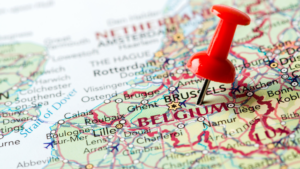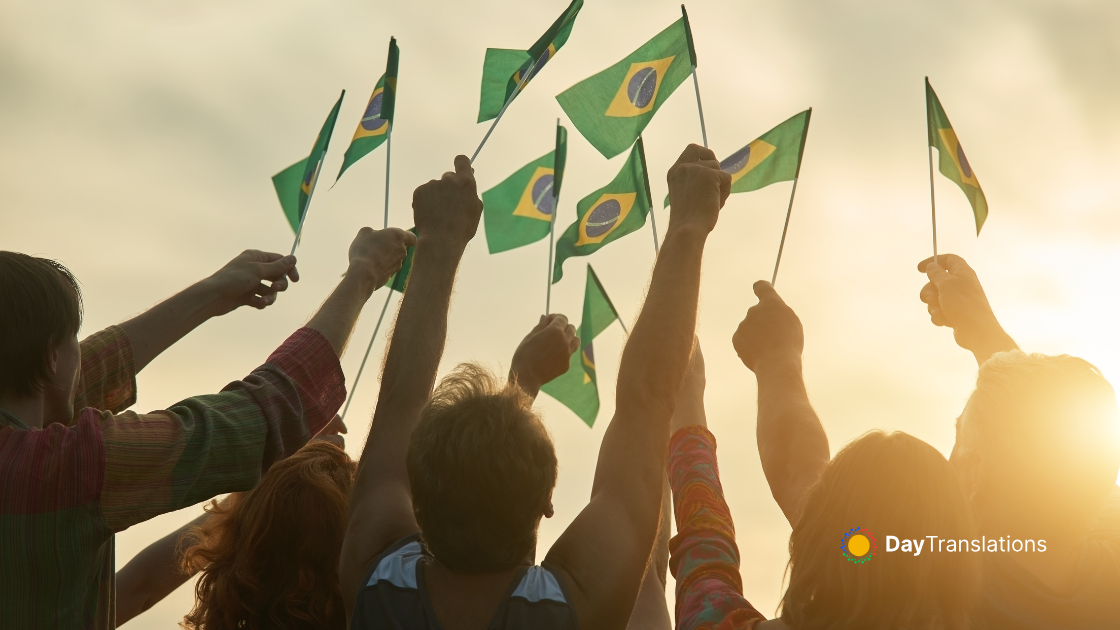Geography of Belgium: Important Geographical Information about Belgium
In this Country Profile
The Kingdom of Belgium is a sovereign state located in Western Europe, bordering the North Sea. Belgium shares borders with France (620 km), Germany (167 km), Luxembourg (148 km) and the Netherlands (450 km). Belgium comprises the regions of Flanders, Wallonia and Brussels.
:: Belgium’s Geography and Regions ::
Belgium has three main geographical regions: the coastal plain in the north-west, the central plateau, and the Ardennes uplands in the south-east. The coastal plain consists mainly of sand dunes and polders. Polders are areas of land, close to or below sea level that have been reclaimed from the sea, from which they are protected by dikes or, further inland, by fields that have been drained with canals. The second geographical region, the central plateau, lies further inland. This is a smooth, slowly rising area that has many fertile valleys and is irrigated by many waterways. Here one can also find rougher land, including caves and small gorges. The third geographical region, called the Ardennes, is more rugged than the first two. It is a thickly forested plateau, very rocky and not very good for farming, which extends into northern France and in Germany where it is named Eifel. This is where much of Belgium’s wildlife can be found. Belgium’s highest point, the Signal de Botrange is located in this region at only 694 meters (2,277 ft). Belgium has relatively few natural lakes, and none of any great size.Notable natural regions include the Ardennes, Campine and High Fens.
All of Belgium is drained into the North Sea, except the municipality of Momignies (Macquenoise), which is drained by the Oise River into the English Channel. A total of 3 streams cross Belgium: the Scheldt (200 km in Belgium, 350 km in total), the Meuse (183 km in Belgium, 925 km in total) and the Yser (50 km in Belgium, 78 km in total). The main rivers in Belgium include the Rupel, Senne, Sambre, Lesse, Ourthe, Lys and Dijle. The main lakes include the Lake Genval, Lake Bütgenbach, Lake Eau d’Heure and Lake Robertville. Belgium has also many artificial waterways or canals, among others the Brussels-Scheldt Maritime Canal, the Brussels-Charleroi Canal, the Canal du Centre and the Albert Canal.
The Belgian climate, like most of northwest Europe, is maritime temperate, with significant precipitation in all seasons (Köppen climate classification: Cfb; the average temperature is 3 °C (37.4 °F) in January, and 18 °C (64.4 °F) in July; the average precipitation is 65 mm (2.6 in) in January, and 78 mm (3.1 in) in July). Belgium has mild winters and cool summers and is rainy, humid and cloudy.
Belgium’s highest point is the Signal de Botrange at 694 metres above the sea level. Other hills in Belgium include the Kemmelberg (159 m high) and the Koppenberg (77 m high) both known as being climbed by professional cyclist during the annual cycling road races of respectively Gent–Wevelgem and the Tour of Flanders.


Sorry, the comment form is closed at this time.